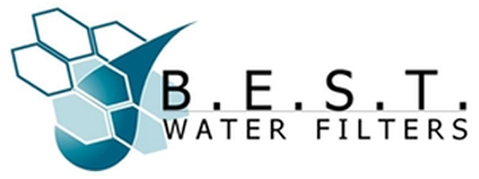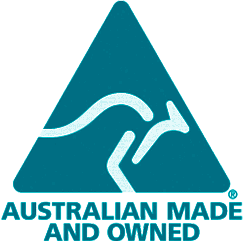What number/colour is your water?

Wany years ago I took a customer’s bore water sample to the Gold Coast CityCouncil’s laboratory for testing, as he wanted to make sure it was safe to top up his rainwater tanks. It passed everything, except one thing. It failed because it had a colour rating of a number 23.

Not understanding this new testing system, I questioned it and was told if water had a colour rating of 7 or more it was not suitable. (7 was where the colour was just visible to the naked eye.)
At around this colour point, when adding chlorine to this water, it could create THM’s.
Trihalomethane's or THM’s, used to be listed on the government website advising that it is problem in drinking water that has been linked to causing cancer. It is very hard to find this information on there now, as it was being exploited as a ‘scare tactic’ by every newcomer into the water filtration industry.

But it is a real issue and could get worse through this recent fire crisis.
In basic terms - what happens is, when decaying leaves, tree branches, etc. have coloured our water supply and mixed with the disinfectant - chlorine, it results in a by-product called Trihalomethane. The higher the colour and the higher the chlorine level, the higher risk of it being carcinogenic (cancer causing).
This is one reason authorities advise you not to treat your rainwater tank at home with chlorine.
After the fires, their advise is, ‘if it’s coloured, don’t drink it.’ They are 100% correct in saying this. One main job they have is to control bacteria. Chlorine being the most widely used world wide and easy to apply, is the number one solution.
Unfortunately, on the caravan, motorhome and camper-trailer social media channels, I have seen too many comments where people are being told ‘all you need to do is just add chlorine as you fill your tank.’ They also advise to use baby bottle sanitiser. This isn’t also isn’t a suitable solution, as the baby sanitiser is at a higher concentrated level than what is written in the water standards. Naturally, it is a good sanitiser, but the bottles get rinsed well before reusing them. They aren’t telling people that fact, and now with the rise in stained / coloured water, the risk is higher.
The good news is a good quality water filter will remove the chlorine and the THM’s. Another one of the considerations that was employed when designing the B.E.S.T. Inline.


